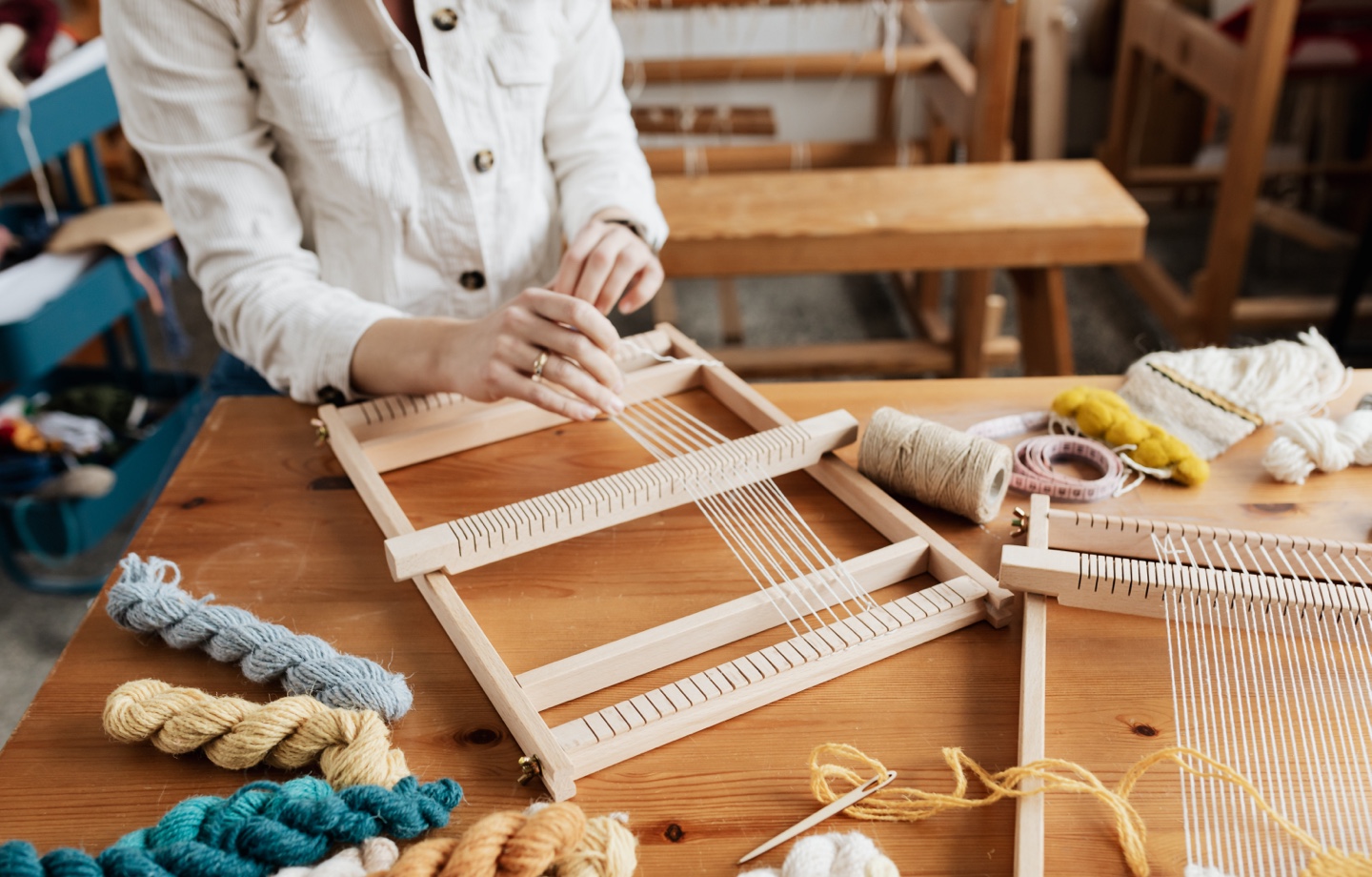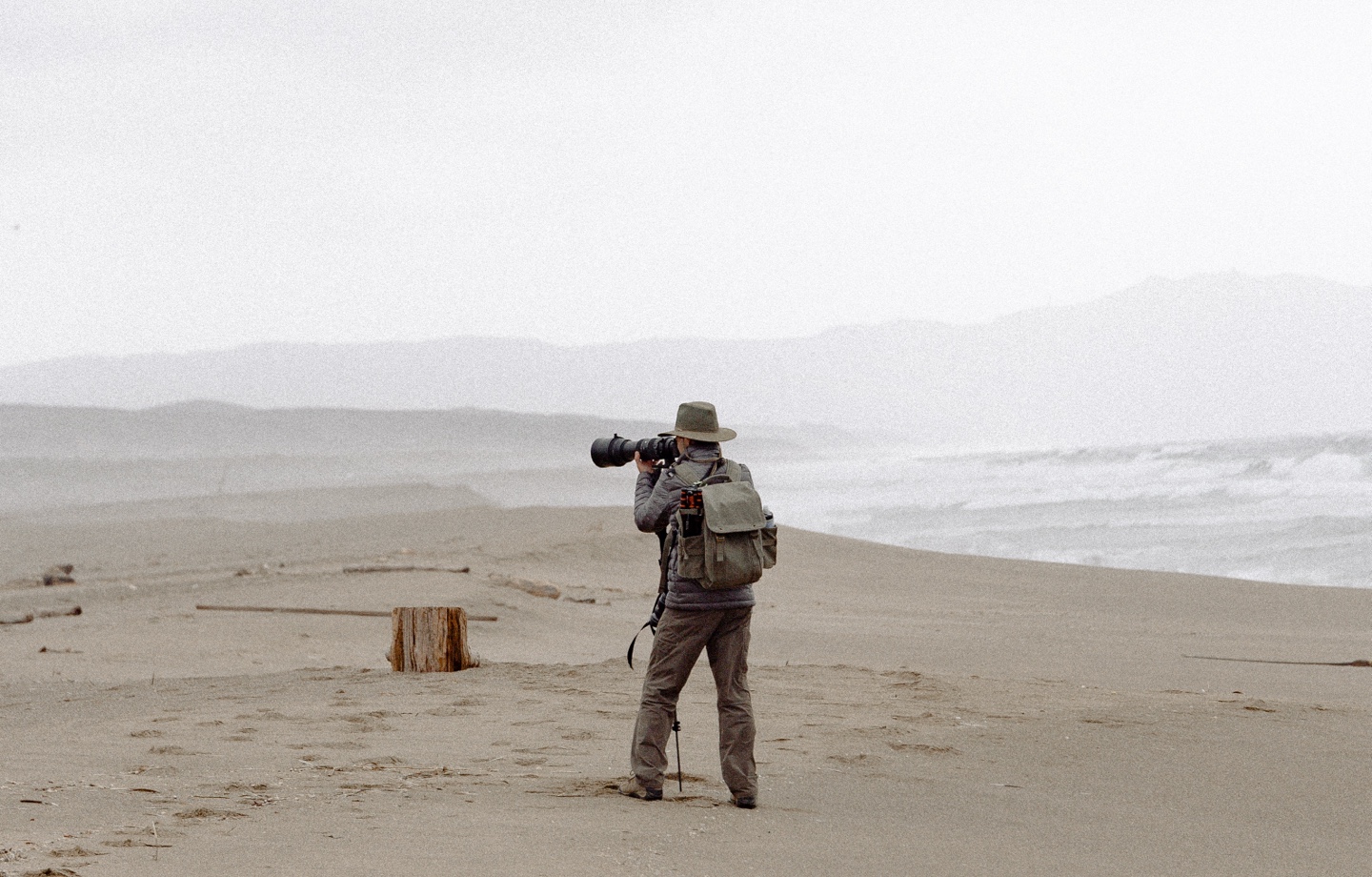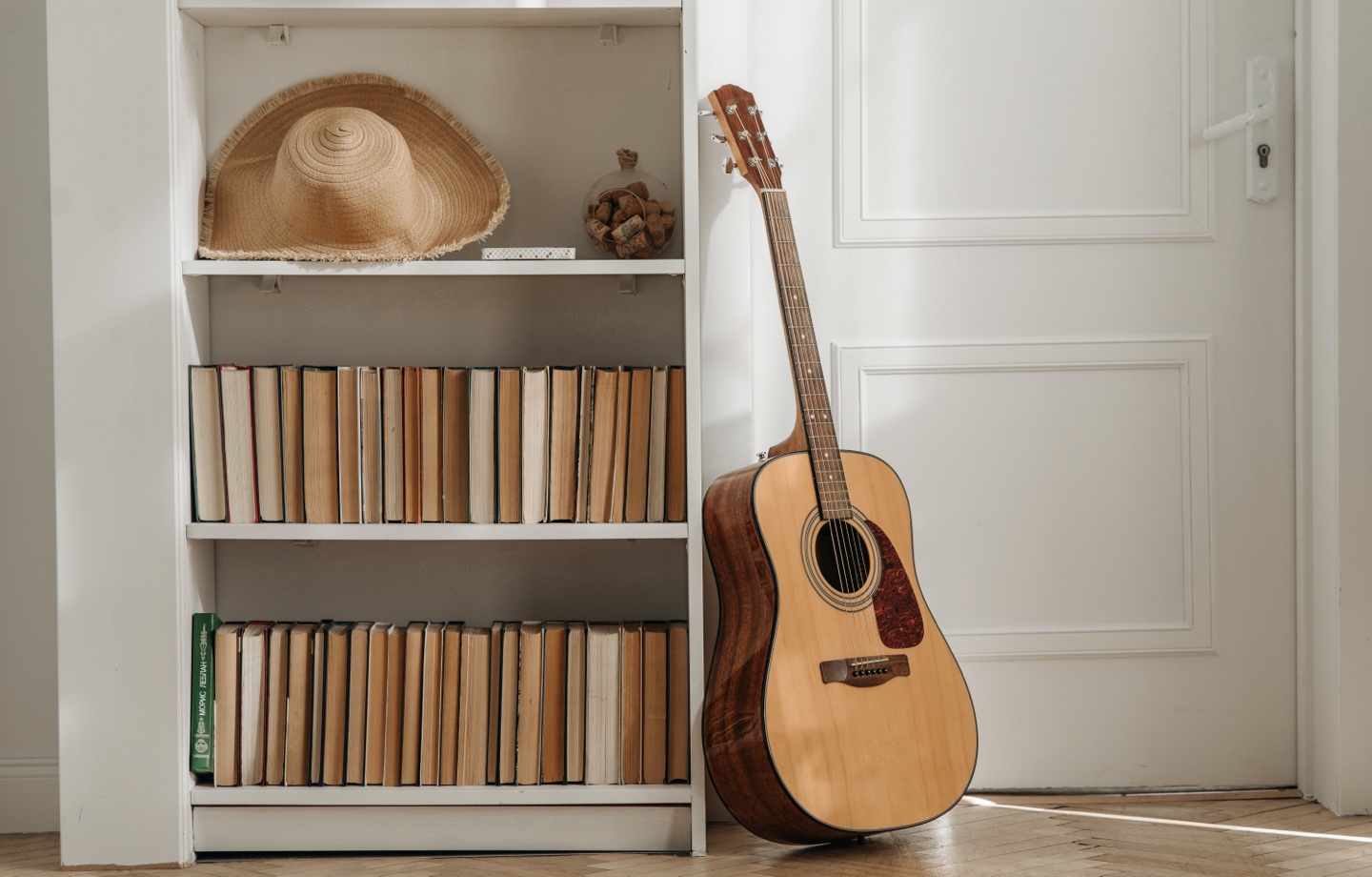Dancing, painting, writing. Creative pursuits benefit mental and physical health and can even boost your mood. Here’s why.
Earlier this summer, I was totally burned out. I could barely bring myself to do anything productive. I was slogging through work projects, and the only appealing activities were creative ones, like messing around with watercolors or gardening — activities I consider hobbies or frivolous pursuits.
It turns out I was subconsciously on to something. You can’t always grind away — your body and your brain start to notice. Research shows that taking time for creativity can help us be more productive, happier, and healthier, while avoiding burnout.
It doesn’t matter if the activity is singing, painting, or collecting pretty rocks. Even just viewing art or listening to music will give your mental health and mood a boost.
Short term, it feels good when you engage in a creative practice, and in the long term, those practices can change your brain and your body. In fact, researchers have found that you can build immune system health through music therapy and that writing helps with pain management. So if you’re feeling drawn to play an instrument or pick up your camera — go for it. Here are some benefits you might gain along the way.
Read more: How to Nurture Your Creativity
Improved Mental Health
Creative practices are like meditation for those of us who aren’t good at meditation. They chill you out and help you focus, and those impacts stay with you long after you put down your pen or stop dancing. A creative act can slow your resting heart rate and center your mind. It also quiets your prefrontal cortex, making you less judgmental of yourself.
When you’re creative, your body releases dopamine, a feel good chemical and natural antidepressant that reduces stress and helps combat depression and anxiety. Scientists have also linked creative expression to better memory health as we age — both acting and playing music are tied to increased cognitive activity.
Art can also help you process hard feelings. Creative writing has long been a tool to help people get through trauma, and other pursuits, especially ones that don’t involve words, can enable people to express feelings that are hard to articulate.

Read more: Using Art to Process Eco-Anxiety
Better Physical Health
Certain creative activities have very clear health benefits. Dancing, for instance, is good for overall fitness, but it’s not the only creative endeavor that improves physical health.
Studies show creativity heightens positive moods and lowers levels of fatigue, which leads to improved immune functions and calmer inflammatory responses. A series of studies in 2015 found that creative acts — along with exposure to art and music — helped patients dealing with cancer, dementia, and Parkinson’s disease. In many other health cases, therapists use art as a tool to address pain management.
So if you’re feeling stiff, sore, and cranky (maybe from sitting at your desk too much?), your favorite way to express yourself might help you work through the kinks — even if collaging or sketching doesn’t feel like it has anything to do with achiness.
Refined Job Skills
An IMB study found that CEOs who took time for creative pursuits were more innovative, better at coming up with ideas, and more creative and flexible when it came to problem solving. Whatever kind of work you do, an outside creative practice can make you better at brainstorming and at iterating through ideas. It can also make you more resilient and willing to take risks, so you won’t be totally crushed if the team doesn’t go with your idea for a project.
Read more: How to Combat Workplace Anxiety and Burnout
Greater Focus
According to psychologists, flow state — or what’s commonly called being in the zone — is when your mind is totally honed-in and focused on a particular activity. Athletes, academics, and artists are always chasing it, because it leads to the best, most effortless performances. And creative practices can get you there. Repetitive motions, like dancing, knitting, or playing a guitar, allow you to tune in to that hyper focused state of mind and access it more easily. Plus, connecting your left and right brain through pastimes like drawing can open up your mind, too.

Read more: Why Public Art Gives Us One More Reason to Get Outside
Feel Good Vibes
Free self expression and creative exploration can just lead to plain joy and happiness, and make you feel better about yourself, too. The Journal of Positive Psychology found that “spending time on creative goals during the day is associated with higher activated positive affect.” Who doesn’t want that?
Psychologist Mihaly Csikszentmihalyi, who coined the phrase flow state, summed up that good feeling in a 2004 TED Talk. “When we are involved in creativity, we feel that we are living more fully than during the rest of life.”
Have feedback on our story? Email [email protected] to let us know what you think!

Shop Pillows
The Essential Organic Pillow Collection
Gentle, breathable, non-toxic support.





